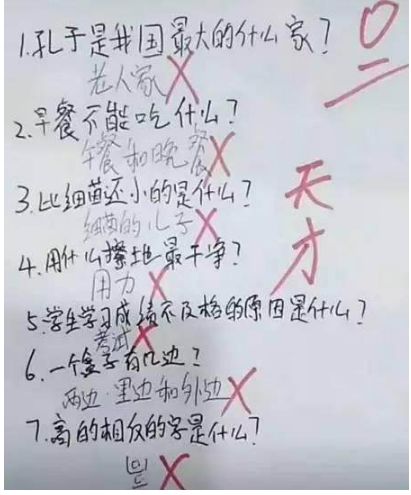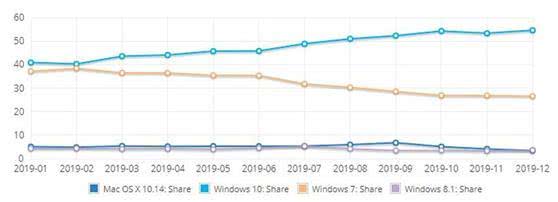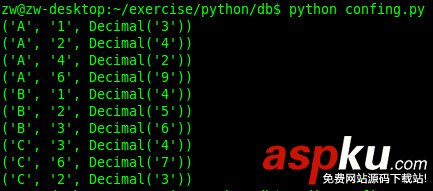自上一篇文章 Z Story : Using Django with GAE Python 后台抓取多个网站的页面全文 后,大体的进度如下:
1.增加了Cron: 用来告诉程序每隔30分钟 让一个task 醒来, 跑到指定的那几个博客上去爬取最新的更新
2.用google 的 Datastore 来存贮每次爬虫爬下来的内容。。只存贮新的内容。。
就像上次说的那样,这样以来 性能有了大幅度的提高: 原来的每次请求后, 爬虫才被唤醒 所以要花大约17秒的时间才能从后台输出到前台而现在只需要2秒不到
3.对爬虫进行了优化
1. Cron.yaml 来安排每个程序醒来的时间
经过翻文档, 问问题终于弄明白google的cron的工作原理--实际上只是google每隔指定的时间虚拟地访问一个我们自己指定的url…
因此在Django 下, 根本不需要写一个纯的python 程序 一定不要写:
if __name__=="__main__":
只需要自己配置一个url 放在views.py里:
cron.yaml 要放在跟app.yaml同一个级别上:
cron:
- description: retrieve newest posts
url: /task_updatePosts/
schedule: every 30 minutes
在url.py 里只要指向这个把task_updatePostsDB 指向url就好了
调试这个cron的过程可以用惨烈来形容。。。在stackoverflow上有很多很多人在问为什么自己的cron不能工作。。。我一开始也是满头是汗,找不着头脑。。。最后侥幸弄好了,大体步骤也是空泛的很。。但是很朴实:
首先,一定要确保自己的程序没有什么syntax error….然后可以自己试着手动访问一下那个url 如果cron 正常的话,这个时候任务应该已经被执行了 最后实在不行的话多看看log…
2. Datastore的配置和利用--Using Datastore with Django
我的需求在这里很简单--没有join…所以我就直接用了最简陋的django-helper..
这个models.py 是个重点:
from appengine_django.models import BaseModel
from google.appengine.ext import db
classPostsDB(BaseModel):
link=db.LinkProperty()
style="margin: 0px; padding: 0px; line-height: 25.2px; width: 660px; overflow: hidden; clear: both;">
import urllib#from BeautifulSoup import BeautifulSoupfrom pyquery import PyQuery as pqdef getArticleList(url): lstArticles=[] url_prefix=url[:-6] Cnt=1 response=urllib.urlopen(url) html=response.read() d=pq(html) try: pageCnt=d("ul.SG_pages").find('span') pageCnt=int(d(pageCnt).text()[1:-1]) except: pageCnt=1 for i in range(1,pageCnt+1): url=url_prefix+str(i)+".html" #print url response=urllib.urlopen(url) html=response.read() d=pq(html) title_spans=d(".atc_title").find('a') date_spans=d('.atc_tm') for j in range(0,len(title_spans)): titleObj=title_spans[j] dateObj=date_spans[j] article={} article['link']= d(titleObj).attr('href') article['title']= d(titleObj).text() article['date']=d(dateObj).text() article['desc']=getPageContent(article['link']) lstArticles.append(article) return lstArticles def getPageContent(url): #get Page Content response=urllib.urlopen(url) html=response.read() d=pq(html) pageContent=d("div.articalContent").text() #print pageContent return pageContentdef main(): url='http://blog.sina.com.cn/s/articlelist_1191258123_0_1.html'#Han Han url="http://blog.sina.com.cn/s/articlelist_1225833283_0_1.html"#Gu Du Chuan Ling url="http://blog.sina.com.cn/s/articlelist_1650910587_0_1.html"#Feng url="http://blog.sina.com.cn/s/articlelist_1583902832_0_1.html"#Yuki lstArticles=getArticleList(url) for article in lstArticles: f=open("blogs/"+article['date']+"_"+article['title']+".txt",'w') f.write(article['desc'].encode('utf-8')) #特别注意对中文的处理 f.close() #print article['desc'] if __name__=='__main__': main() 对PyQuery的推荐。。
很遗憾的说, BueautifulSoup让我深深的失望了。。。在我写上篇文章的时候,当时有个小bug..一直找不到原因。。在我回家后,又搭上了很多时间试图去弄明白为什么BueautifulSoup一直不能抓到我想要的内容。。。后来大体看了看它selector部分的源代码觉得应该是它对于很多还有<script>tag的不规范html页面的解析不准确。。。
我放弃了这个库, 又试了lxml..基于xpath 很好用。。但是xpath的东西我老是需要查文档。。。所以我又找了个库PyQuery…可以用jQuery选择器的工具。。。非常非常非常好用。。。。具体的用法就看上面吧。。。这个库有前途。。。
隐忧
因为pyquery基于lxml…而lxml的底层又是c…所以估计在gae上用不了。。。我这个爬虫只能现在在我的电脑上爬好东西。。。然后push到server上。。。
总结
一句话, 我爱死Python了
两句话, 我爱死Python了,我爱死Django了
三句话, 我爱死Python了,我爱死Django了,我爱死jQuery了。。。
四句号, 我爱死Python了,我爱死Django了,我爱死jQuery了,我爱死pyQuery了。。。



















